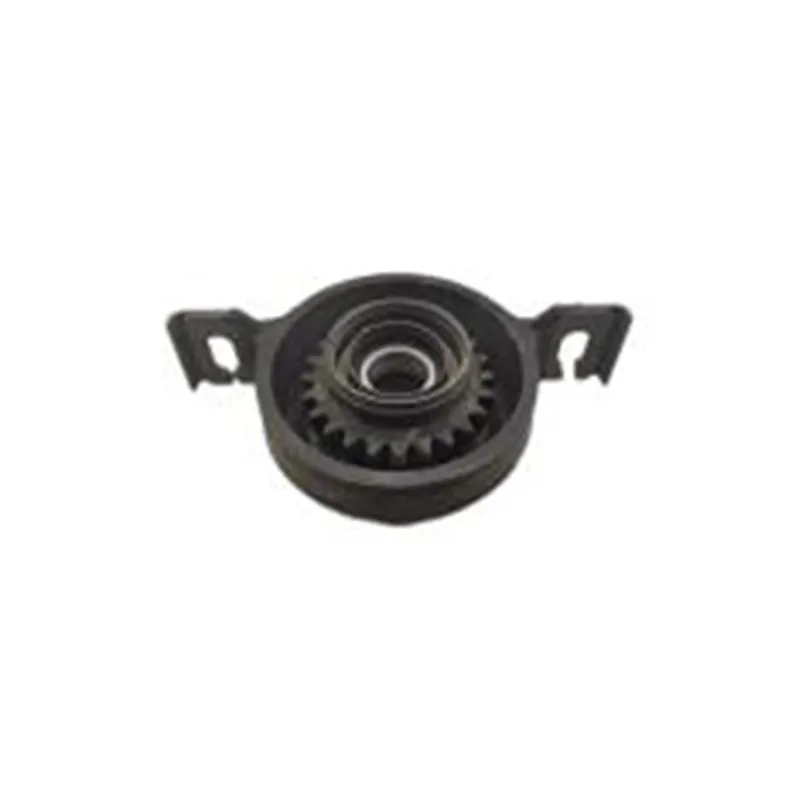
-
 Afrikaans
Afrikaans -
 Albanian
Albanian -
 Amharic
Amharic -
 Arabic
Arabic -
 Armenian
Armenian -
 Azerbaijani
Azerbaijani -
 Basque
Basque -
 Belarusian
Belarusian -
 Bengali
Bengali -
 Bosnian
Bosnian -
 Bulgarian
Bulgarian -
 Catalan
Catalan -
 Cebuano
Cebuano -
 Corsican
Corsican -
 Croatian
Croatian -
 Czech
Czech -
 Danish
Danish -
 Dutch
Dutch -
 English
English -
 Esperanto
Esperanto -
 Estonian
Estonian -
 Finnish
Finnish -
 French
French -
 Frisian
Frisian -
 Galician
Galician -
 Georgian
Georgian -
 German
German -
 Greek
Greek -
 Gujarati
Gujarati -
 Haitian Creole
Haitian Creole -
 hausa
hausa -
 hawaiian
hawaiian -
 Hebrew
Hebrew -
 Hindi
Hindi -
 Miao
Miao -
 Hungarian
Hungarian -
 Icelandic
Icelandic -
 igbo
igbo -
 Indonesian
Indonesian -
 irish
irish -
 Italian
Italian -
 Japanese
Japanese -
 Javanese
Javanese -
 Kannada
Kannada -
 kazakh
kazakh -
 Khmer
Khmer -
 Rwandese
Rwandese -
 Korean
Korean -
 Kurdish
Kurdish -
 Kyrgyz
Kyrgyz -
 Lao
Lao -
 Latin
Latin -
 Latvian
Latvian -
 Lithuanian
Lithuanian -
 Luxembourgish
Luxembourgish -
 Macedonian
Macedonian -
 Malgashi
Malgashi -
 Malay
Malay -
 Malayalam
Malayalam -
 Maltese
Maltese -
 Maori
Maori -
 Marathi
Marathi -
 Mongolian
Mongolian -
 Myanmar
Myanmar -
 Nepali
Nepali -
 Norwegian
Norwegian -
 Norwegian
Norwegian -
 Occitan
Occitan -
 Pashto
Pashto -
 Persian
Persian -
 Polish
Polish -
 Portuguese
Portuguese -
 Punjabi
Punjabi -
 Romanian
Romanian -
 Russian
Russian -
 Samoan
Samoan -
 Scottish Gaelic
Scottish Gaelic -
 Serbian
Serbian -
 Sesotho
Sesotho -
 Shona
Shona -
 Sindhi
Sindhi -
 Sinhala
Sinhala -
 Slovak
Slovak -
 Slovenian
Slovenian -
 Somali
Somali -
 Spanish
Spanish -
 Sundanese
Sundanese -
 Swahili
Swahili -
 Swedish
Swedish -
 Tagalog
Tagalog -
 Tajik
Tajik -
 Tamil
Tamil -
 Tatar
Tatar -
 Telugu
Telugu -
 Thai
Thai -
 Turkish
Turkish -
 Turkmen
Turkmen -
 Ukrainian
Ukrainian -
 Urdu
Urdu -
 Uighur
Uighur -
 Uzbek
Uzbek -
 Vietnamese
Vietnamese -
 Welsh
Welsh -
 Bantu
Bantu -
 Yiddish
Yiddish -
 Yoruba
Yoruba -
 Zulu
Zulu
carbon fiber control arms
The Advantages of Carbon Fiber Control Arms in Automotive Applications
In recent years, the automotive industry has seen a significant shift towards the use of advanced materials to enhance vehicle performance and efficiency. Among these materials, carbon fiber has emerged as a frontrunner, particularly in the manufacturing of control arms. Control arms are critical components of a vehicle's suspension system, as they connect the chassis to the wheel hub, allowing for controlled movement and stability. The introduction of carbon fiber control arms presents several advantages that can vastly improve vehicle dynamics and overall performance.
One of the primary benefits of carbon fiber control arms is their exceptional strength-to-weight ratio. Carbon fiber is known for being lightweight yet incredibly strong, which allows for a reduction in overall vehicle weight without compromising structural integrity. This reduction in weight translates directly into improved fuel efficiency, faster acceleration, and enhanced handling characteristics. For performance-oriented vehicles, such as sports cars or racing applications, the lighter control arms can lower the vehicle's center of gravity, leading to better cornering capabilities and a more agile driving experience.
Moreover, carbon fiber's inherent rigidity plays a significant role in enhancing the performance of control arms. Traditional metal control arms may flex under load, which can lead to reduced precision in steering and instability during dynamic driving conditions. In contrast, carbon fiber control arms maintain their shape and provide consistent feedback to the driver, resulting in improved steering response and overall vehicle control. This level of precision is particularly advantageous in competitive motorsports, where every millisecond counts.
carbon fiber control arms

Another advantage of carbon fiber is its resistance to corrosion and fatigue. Unlike metal components, which can degrade over time due to rust and stress fractures, carbon fiber is less susceptible to environmental factors that can compromise performance. This quality not only extends the lifespan of control arms but also reduces maintenance costs for vehicle owners. For automotive enthusiasts looking to enhance their vehicles without worrying about durability issues, carbon fiber control arms are an attractive option.
In addition to performance benefits, carbon fiber control arms also contribute to a vehicle's aesthetic appeal. The unique weave pattern and sleek finish of carbon fiber can add a modern, high-tech look to a car's undercarriage, making it a popular choice among automotive customizers. This blend of functionality and visual appeal makes carbon fiber an appealing alternative to traditional materials like steel or aluminum.
While the initial cost of carbon fiber components can be higher than traditional materials, the long-term benefits often outweigh the initial investment. As the technology for manufacturing carbon fiber continues to evolve, it is expected that the costs will decrease, making these components more accessible to a broader range of consumers.
In conclusion, carbon fiber control arms represent a cutting-edge advancement in automotive engineering. With their lightweight nature, enhanced rigidity, corrosion resistance, and aesthetic qualities, they provide performance benefits that are hard to ignore. As automotive technology progresses, the integration of carbon fiber components is likely to become increasingly commonplace, paving the way for a new era in vehicle performance and design.







